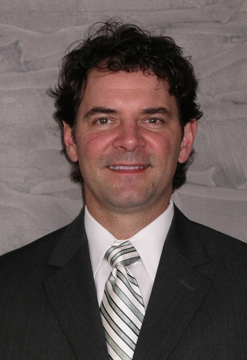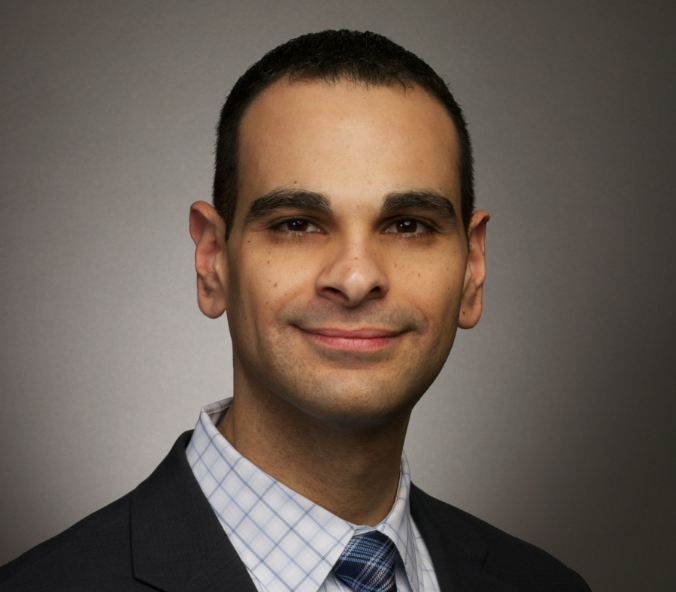Here five spine surgeons discuss aspects of the spine surgery industry that concerns them the most.
Ask Spine Surgeons is a weekly series of questions posed to spine surgeons around the country about clinical, business and policy issues affecting spine care. We invite all spine surgeon and specialist responses. Next week's question: In what ways does spine industry leadership need to evolve to meet the changing needs of the industry? Do you have advice for fellow spine surgeon leaders?
Please send responses to Anuja Vaidya at avaidya@beckershealthcare.com by Wednesday, March 19, at 5 p.m. CST.
Question: What concerns you most about the spine industry?
Neel Anand, MD, Clinical Professor of Surgery, Director, Spine Trauma, Cedars-Sinai Spine Center, Los Angeles: The development of new technology and new devices, and growth in the field has been stemmed due to financial challenges and regulatory burdens.
Michael S. Chang, MD, Spine Surgeon, Sonoran Spine Center, Mesa, Ariz.: What concerns me most about the state of spine care today is uncertainty. Medicine is always evolving, but political and economic factors are becoming increasingly insistent on influencing how spine care is delivered in this country.
The core principles behind such change are usually well-intentioned. It makes sense from a broad perspective that we should try as a field to contain spiraling healthcare costs and strive to quantify success based on objective outcomes. However, the implementation of change seems to be rushed. Metrics are established with the goal of improving "quality" without really defining what "quality" means or how it is measured. Does the consistent removal of a Foley on postoperative day one really have any relationship whatsoever as to whether a laminectomy successfully resolves neurogenic claudication? Is patient satisfaction more heavily influenced by complication rates or clinic wait times?
Numerous questions abound and policy gets established often without evidence of efficacy. The lack of clear, long-term vision is an excellent way of increasing, rather than decreasing costs and complexity in an already overburdened environment.

The surgeon-side of the spine industry is caught in the gears of healthcare reform and their practices are suffering. Many independent surgeons are closing down practices and becoming hospital employees. If this surgeon-side of the industry loses its capacity to make independent decisions about choosing spinal implants and technologies, the manufactures will be impacted negatively as well.
Mark M. Mikhael, MD, Orthopedic Spine Surgeon, Illinois Bone & Joint Institute, Glenview: Initial interest in minimally invasive spine surgery dates back several decades and has since been based on the primary goal of finding novel techniques in order to facilitate similar or better clinical outcomes to those of conventional open spine surgery. This concept is driven by the theoretical benefits of less injury to nerves, vessels and muscle around the spine, decreased blood loss, decreased postoperative pain, smaller incisions, 
The modern tools and techniques used in minimally invasive spine surgery have been adapted from technology used in many other surgical fields. Despite the level of sophistication of current imaging, limited exposures and specialized tools, it is imperative that the surgeon ensures that the proposed goals of the surgical procedure are actually achieved. Current advances in minimally invasive spine surgery can be divided in to four main topics: microscopic technique, small incisions, specialized tools and special imaging.
Enthusiasm over recent developments in minimally invasive spine surgery should be both welcomed and cautioned. As with all advances, we must continue to scrutinize our efforts in order to ensure patient safety and the efficacy of progress. It is also important to consider the changes that might make this technology viable for the future. Learned skills in this area will help the surgeon adapt to further progress in the field as outcome data prove the benefits of minimal access spine surgery. Lessons learned from previous advancements have taught us that new technology brings new problems and struggles. We also must not forget the basic concepts of proper exposure and bone preparation, which are required for successful outcomes.

Jeffrey Wang, MD, Chief, Orthopedic Spine Service, Co-Director, USC Spine Center, Keck Medical Center of USC, Los Angeles: My largest concern at the moment within the spine field is the polarization of surgeons on controversial issues. There have always been controversies and issues throughout the spine world, but more recently there has been a larger amount of controversy than I have seen in past years.
I believe that many surgeons are somewhat divided on some of these controversial topics, which is fine as we all have differing opinions. However, I have seen more personal attacks and mistrust at some of the academic and research meetings between surgeons and industry. I think the spine arena is a balance, and we need surgeons, innovation, professional societies, research, industry and leaders all working together.
More Articles on Spine:
Anterior Spine Surgery for Disc Herniation at C7-T1: Outcomes Analysis
Orthopedic, Neurosurgeon Roles: Medical Teaching, Administrative & Research
Growing Patient Volume in 2014 & Beyond: 4 Spine Surgeon Initiatives


